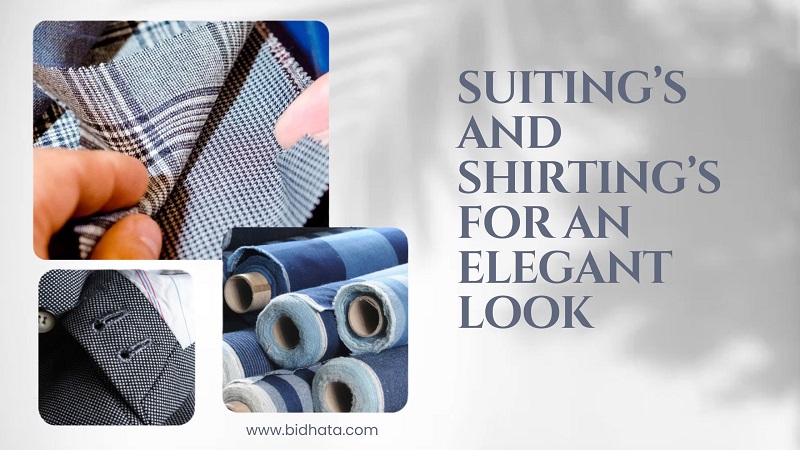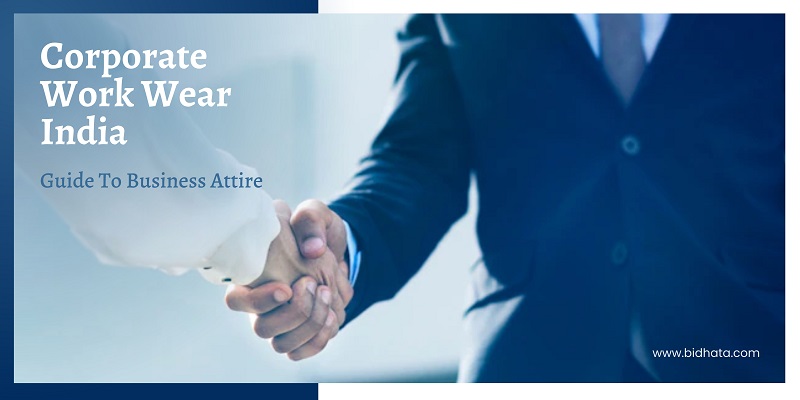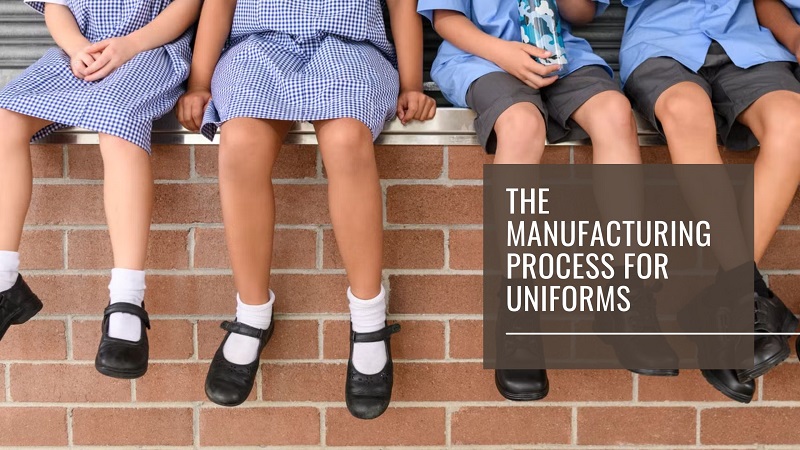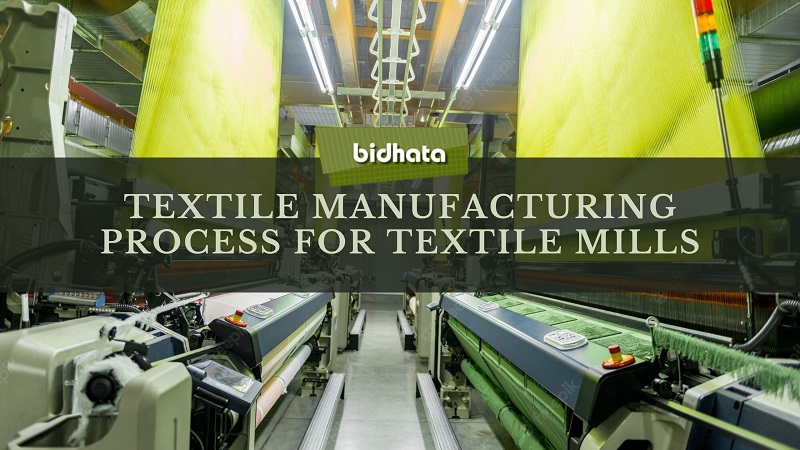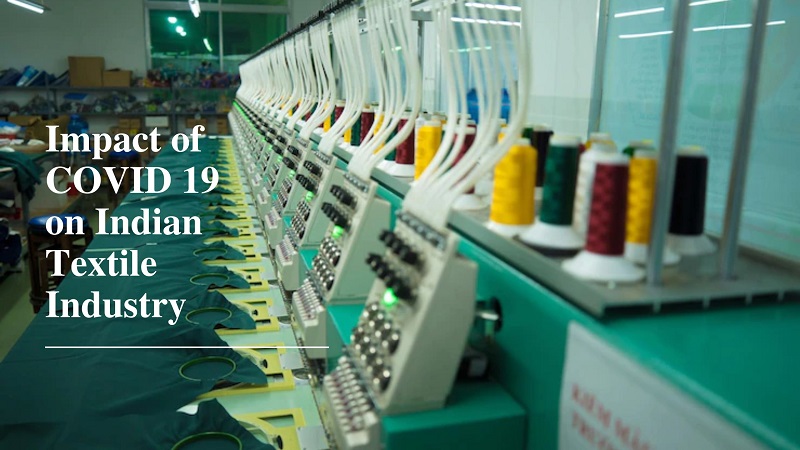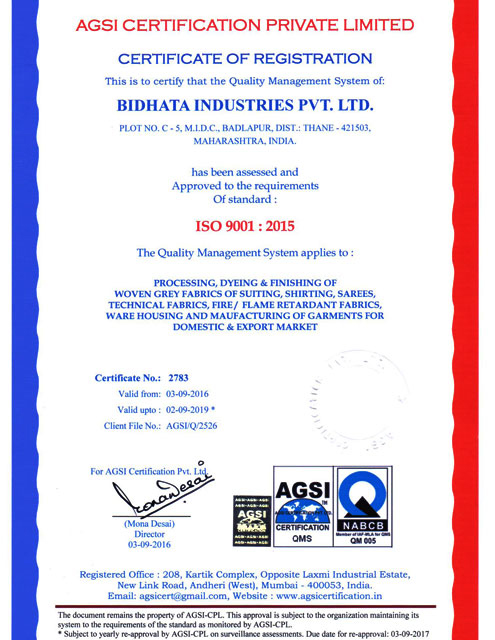Suiting’s and Shirting’s for an Elegant Look
Are you thinking of adding a little bit of sophistication or class to your style? Do you want to upgrade your apparel closet with the latest stylish fabric and follow trendy clothes? With the fashion industry growing by leaps and bounds every day, it is necessary to stay up-to-date with the ongoing paradigmatic clothing whether it is casual, some party wear or a particular function look.
Opt for the best fabric and garment manufacturers in India
Classy styling always stands timeless. Hence, opting for the right PV suiting India from the best fabric and garment manufacturers in India becomes your utmost priority if you want to stand apart from the crowd. Creating classic outfits which suit your body type can be time-consuming if you are not aware of which apparel is the best fit for your body or what is your style.
When you have a question mark about which clothes choice you should go for, it is time you need some guidance from fashion designers who have an extensive thorough knowledge about the ongoing trends and are also well connected with the suiting and shirting manufacturers in India.
Know about PV shirting India
The first impression always leaves a mark on the observer’s mind and can even make him/ her think about you in his/her thoughts later. Hence, if you feel the need to work on your style, even if it is slight, it is important to have the right idea about PV shirting India, which brand and to whom to buy it from. The PV suiting India is offered by multiple garment companies who take pride in supplying blended and synthetic fabric material to help in manufacturing vogue apparel that gives you a rich look.
Try authenticate suiting and shirting manufacturers in India
Once you decide to go for PV shirting India or PV suiting India, you should be aware of which style suits your body as you cannot go in wardrobe renewal every month given there is a tight expenditure budget.
To slay at work, among friends or in casual functions, you must understand which outfits suits you the best – whether it is urban cool to have a dapper look or want to have a rugged village look to be different from the crowd. Before you accessorize your outfit with a stylish belt or any other special accessory, it is necessary to understand which attire is right for you and hence know the appropriate suiting and shirting manufacturers in India.
If you are thinking about which fabric and garment manufacturers in India are the best, Bidhata is the company you should go for. We take pride in offering end to end solutions in the textile industry and give optimum quality PV shirting India or PV suiting India. We are committed to giving supreme quality fabric for suiting and shirting manufacturers in India so that our customers get fashionable and quality clothes. To get quality fabric and increase your target audience, contact us at the earliest and get delivery in minimum time. Call us on +91 22 22013018 or Email us at rohitpacheriwala@bidhata.com.
